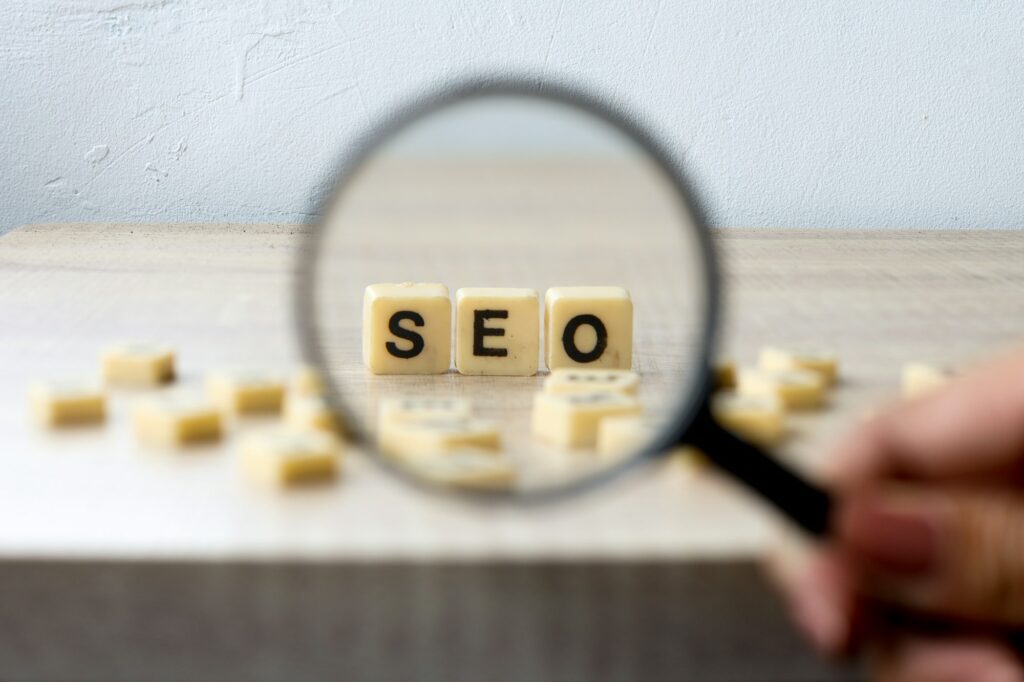When businesses are looking for growth, it’s natural to look outside of your business to the market for solutions, such as getting new customers, etc. But looking inside your business can yield potentially far better results for the long term.
Considering your current customer journey as an opportunity for growth and finding ways to improve it can be a far less expensive strategy, and one that can deliver sustainable growth.
We’re talking about customer journey optimisation here. And we don’t mean just conversion rate optimisation and testing your campaigns, but instead applying a systematic approach to continual improvement across the entire customer journey, and using the wins to create compounding advantages that lead to long-term success.
Sound complicated? Well, not really – it’s all about understanding your customer and how they interact with your business, while consistently testing and tweaking at the various stages to improve the customer experience and create more impact. Don’t fret, we’re here to show you how all this is done.
Let’s start with a definition – what is Customer Journey Optimisation, and why is it such a crucial tactic for growth?
WHAT IS CUSTOMER JOURNEY OPTIMISATION?
Customer Journey Optimisation is the process of connecting and mapping how, where and when your customer interacts with your business (online and offline), and identifying ways to improve their experience, eradicate friction, and achieve growth.
It involves a term you’ve probably heard before – conversion rate optimisation (CRO) – the process of optimising your site and digital campaigns to increase the likelihood of prospective customers completing a specific action. This is a key goal of customer journey optimisation, but not the only focus.
You should also take a detailed look at your offline activities and apply innovation to improve the customer experience – and we don’t just mean customer service. We’re talking about every interaction, from the point at which they discover you, to the moment of purchase, to each of the touchpoints in the ongoing relationship. To do this effectively, you need to think about the user experience at each stage — what they want and how you can give it to them.
This process may result in the need to revise the way your business does things in the back-of-house to streamline and improve systems so you can positively impact the customer experience.
TIPS FOR OPTIMISATION
If you are yet to implement it, here are a couple of tips to getting your optimisation system up and running
1. Know your customer
Do you have customer personas in place? If not, get busy researching your ideal customer/s and develop their detailed profile. A customer persona should include sections on your customer’s demographics, behaviours, goals and challenges. They are key to understanding who your customers are, where to engage with them and what their needs are. When you have a persona in place, you can better understand how your product or service benefits your customers, and therefore better understand how their journey with your brand can be improved.
2. Map their journey
A customer journey map is a visual representation of the process a customer goes through with your business. With the help of a customer journey map, you can get a sense of your customers’ needs at the various stages of the journey. It can also help pinpoint where their pain points are, so you can apply innovation or improvement to alleviate them.
Find out more about customer journey mapping in our blog.
3. Test and analyse
Each time you apply optimisation to the customer journey – test it. If you are regularly collecting information from all of your data points, you can start to develop a picture of the impact (or lack thereof) of the changes you are making. If a change is performing badly, tweak the execution or try publishing two versions to see which works best. Continually keep an eye on the data and it will help you to determine when optimisation is required.
4. Make it a continuous process
Finally, the key to optimisation, is to make it a continuous process. Whilst changes may positively impact the results you are achieving, that doesn’t mean it will remain that way. As markets change, customer needs change, and we need to remain agile and ready to move with them.
Building an effective optimisation process will not happen overnight. It’s something you’ll work to analyse and fine-tune for the lifetime of your business. But when adopted by your organisation in a holistic manner, customer journey optimisation can result in an engine that drives compound, long-term growth.
You ready to get stuck into some optimisation? Let’s do it. Talk to us about how we can assist you with the application of customer journey optimisation for your business.






